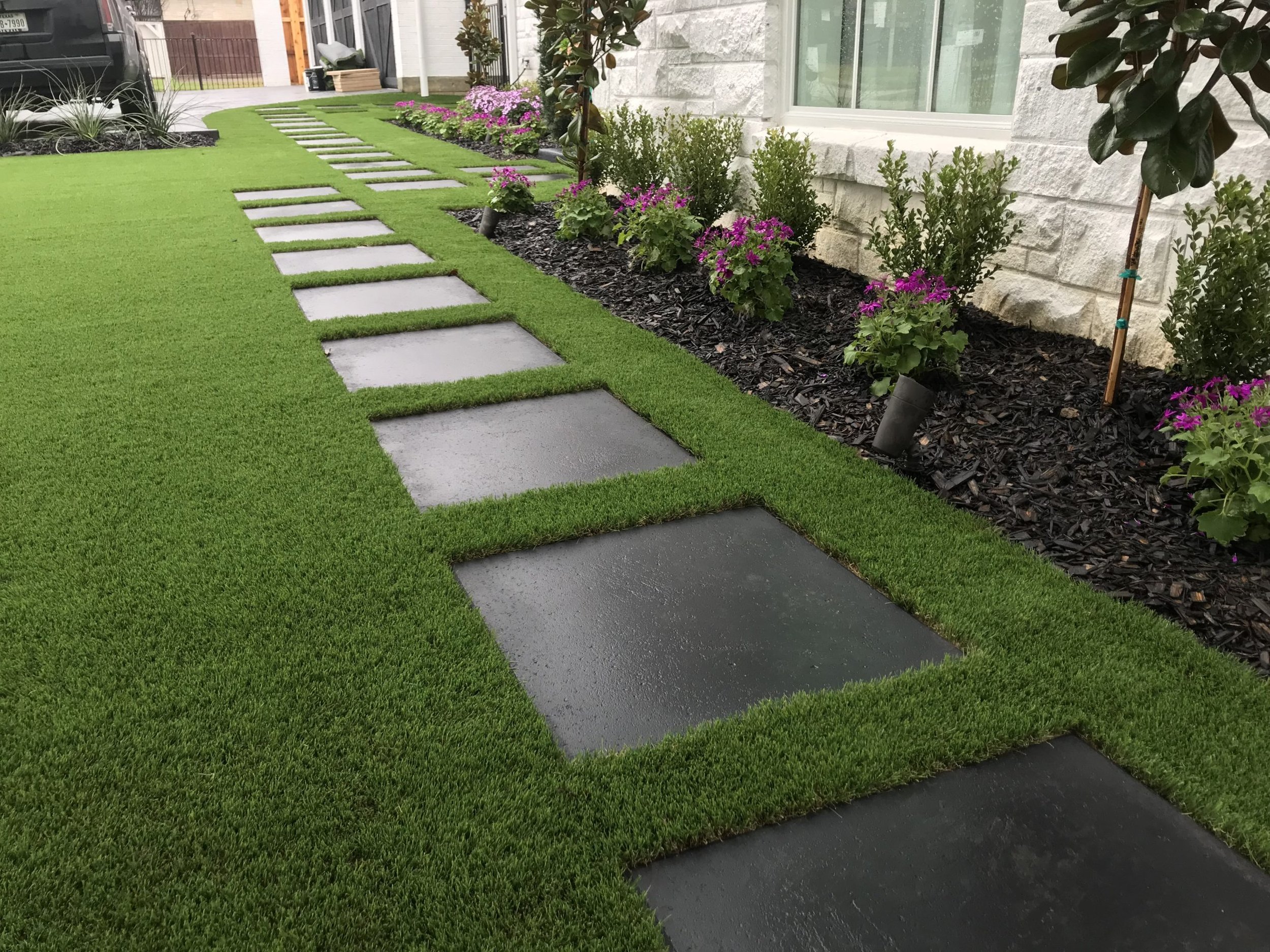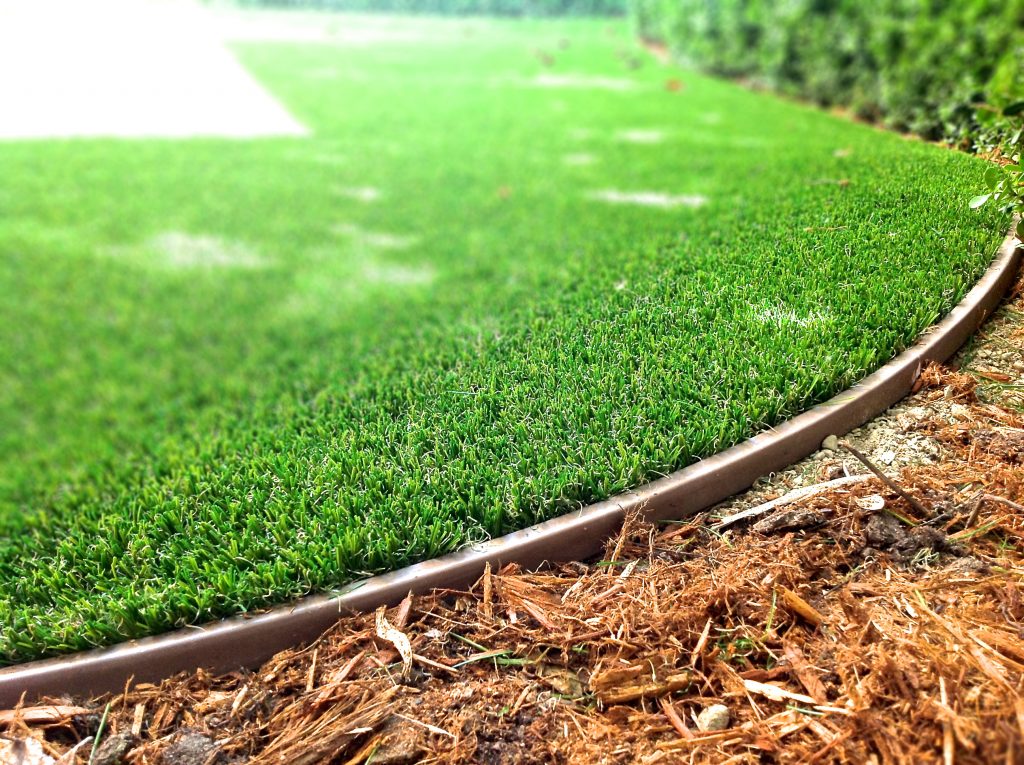Enhance Your Yard with Reliable Turf Installation Phoenix AZ Solutions
Enhance Your Yard with Reliable Turf Installation Phoenix AZ Solutions
Blog Article
Explore the Environmental Perks of Opting for Artificial Grass Solutions
The fostering of synthetic grass remedies offers an engaging chance to deal with pressing environmental obstacles. By dramatically minimizing water usage and minimizing the application of hazardous chemicals, these choices not just promote lasting landscaping but additionally safeguard local ecological communities. The reduced carbon footprint connected with reduced upkeep activities contributes to a more lasting strategy to land management. Nonetheless, the effects of these benefits extend beyond plain preservation efforts, elevating questions about their long-term effect on environment conservation and general ecological balance. Discovering these measurements reveals a complex interplay worth considering.
Water Conservation Benefits
Among one of the most substantial benefits of man-made grass is its capability to preserve water. Typical grass yards call for considerable irrigation, particularly in areas vulnerable to dry spell or water limitations. On the other hand, synthetic grass does not need watering, considerably decreasing the overall need for water sources. This attribute is specifically beneficial in deserts where water shortage is a pressing worry.
By getting rid of the need for normal watering, artificial lawn contributes to lasting landscape practices and assists minimize the environmental influence of excessive water intake. Furthermore, the preservation of water extends to the decrease of drainage, which can result in dirt disintegration and waterway air pollution.
Furthermore, the installation of man-made lawn permits homeowners and districts to designate water sources more effectively, concentrating on crucial uses such as drinking water and agriculture. The shift towards man-made lawn not only promotes responsible water usage however additionally straightens with broader environmental goals targeted at maintaining natural deposits.
As areas progressively focus on sustainability, the water conservation advantages of synthetic lawn offer a compelling case for its adoption in household and industrial landscape design projects.
Decreased Chemical Usage
The change to synthetic grass substantially decreases the reliance on chemical treatments commonly utilized in natural yard upkeep. Typical lawn management normally entails the application of fertilizers, pesticides, and herbicides to promote development and control bugs. These chemicals can position dangers to human health, local wild animals, and the environment, adding to soil and water contamination.
On the other hand, synthetic grass removes the demand for these hazardous compounds. Once installed, it requires marginal upkeep, mostly containing routine cleansing and seldom infill replenishment. This decrease in chemical usage not just benefits the instant environment but also contributes to broader environmental stability. By lessening the launch of artificial substances right into the environment, artificial grass advertises healthier soil and water systems.
In addition, the lack of chemical overflow connected with man-made grass installments aids shield local rivers from pollution, sustaining water life and keeping biodiversity. Turf installation phoenix az. As areas progressively prioritize lasting techniques, selecting synthetic grass offers a practical option that straightens with ecological preservation goals. With this shift, homeowner can take pleasure in lush eco-friendly areas without compromising eco-friendly wellness, leading the way for a more sustainable future
Lower Carbon Impact

Moreover, the installation of fabricated grass can cause substantial water preservation. All-natural grass need considerable amounts of water for irrigation, which not just contributes to the carbon footprint linked with water extraction and therapy yet likewise strains neighborhood water resources. In contrast, synthetic turf needs minimal upkeep, calling for no watering, consequently significantly lowering water usage and its connected power costs.
Additionally, the long life of synthetic grass adds to its lower carbon influence. With a lifespan of as much as 15 years or more, the requirement for regular substitutes is decreased, causing much less waste and lower power usage in manufacturing and getting rid of conventional grass alternatives. look at these guys On the whole, synthetic grass presents a lasting option for environmentally conscious landscape design.
Environment Conservation
Habitat conservation is a crucial factor to consider in the debate over landscaping selections, especially when contrasting synthetic grass to all-natural grass. All-natural lawn lawns often call for considerable upkeep, including using plant foods, chemicals, and herbicides, which can detrimentally influence neighborhood ecological communities. These chemicals can seep into the soil and rivers, harming native plants and fauna and disrupting regional environments.
Fabricated turf eliminates the need for dangerous chemicals, therefore securing close-by wildlife and maintaining the stability of surrounding communities. The installment of synthetic grass can lead to the conversion informative post of previous yard locations into more biodiverse landscapes, such as pollinator gardens or indigenous plant locations, which can support neighborhood wild animals.
Ultimately, the shift to synthetic grass not just preserves water and decreases upkeep efforts yet likewise fosters an extra harmonious partnership between human activities the original source and the natural surroundings, promoting habitat conservation in the procedure.
Long-Term Sustainability
Long-lasting sustainability is a critical consider reviewing the benefits of fabricated turf over standard lawn yards. Among the most significant advantages of synthetic grass is its longevity; it can last approximately 15-20 years with marginal maintenance, whereas all-natural grass needs regular reseeding and substitute. This long life minimizes the need for consistent sources, such as water, plant foods, and chemicals, which are vital for preserving a healthy turf yard.
Furthermore, synthetic grass adds to a decrease in carbon emissions connected with lawn care tools. Typical yards often need gas-powered lawn mowers, leaners, and blowers, all of which contribute to air contamination. Phoenix turf companies. On the other hand, fabricated lawn gets rid of the demand for such devices, advertising a cleaner setting
Moreover, the production of man-made grass increasingly uses recycled products, enhancing its sustainability account. As manufacturers take on environment-friendly practices, the environmental footprint of synthetic grass proceeds to decrease.

Conclusion
The adoption of synthetic grass services offers considerable ecological advantages, consisting of significant water preservation, lowered reliance on unsafe chemicals, and a lower carbon footprint. Synthetic turf help in maintaining natural habitats by reducing land disruption and advertising lasting sustainability with the usage of durable materials. Jointly, these factors emphasize the capacity of synthetic turf to contribute positively to environmental health and offer a practical option to conventional landscaping methods in an increasingly resource-conscious globe.
In contrast, man-made lawn does not need watering, considerably lowering the general need for water resources. By lessening the release of synthetic compounds right into the environment, artificial lawn advertises much healthier soil and water systems.
Moreover, the installment of man-made lawn can result in significant water preservation. In contrast, synthetic turf requires very little maintenance, needing no watering, thus dramatically decreasing water usage and its connected power costs.

Report this page